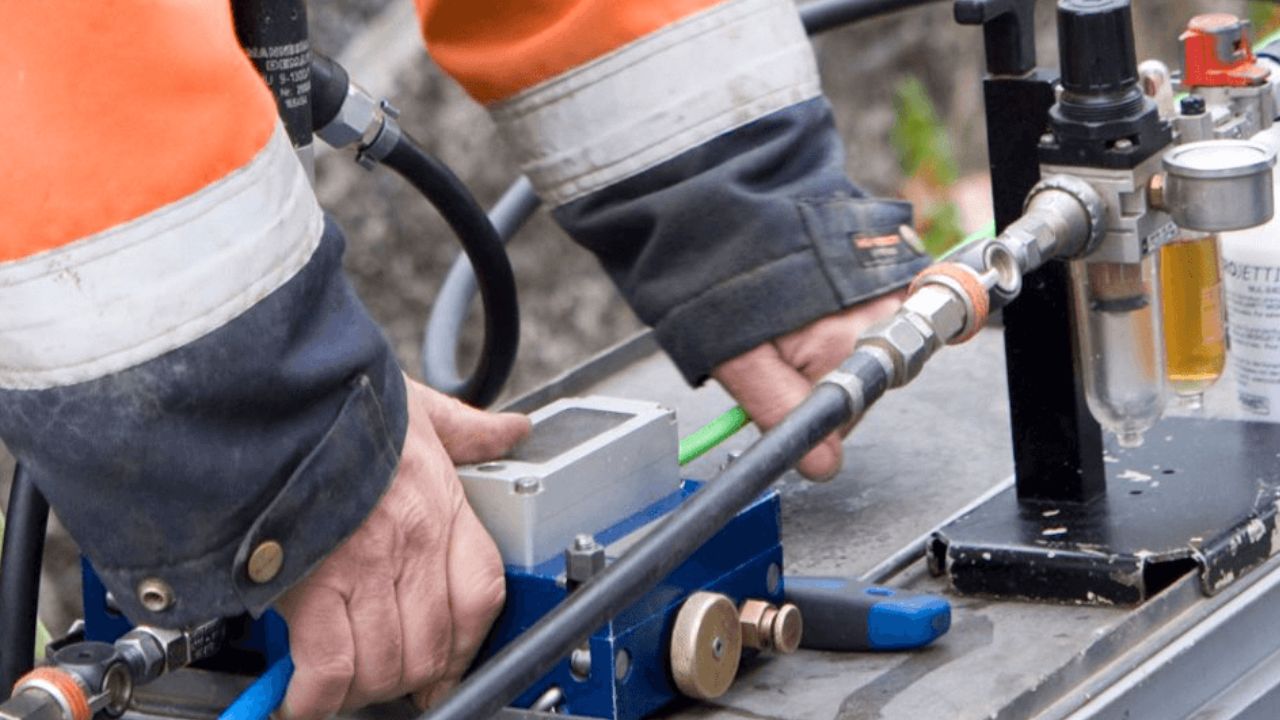Beneficient is a designer of technology products. He has a B.S. in electrical engineering and an M.S. in computer science from Stanford University, and he has worked at several startups, including Google and Facebook. He is the co-founder of Conversion.ai, Proof, and Apptopia.

The installation process is made extremely efficient by air-blown fiber optic cables, which completely transform the way fiber optic technology is deployed. Their main purpose is to transmit data through extremely thin optical fibers that are covered in a layer of protection. These cables stand out due to the way they are installed. Pre-installed microducts are blown through with compressed air or nitrogen. The deployment procedure is accelerated by this pneumatic installation technique, which makes installation quick and easy and minimizes the amount of interruption to the current infrastructure.
In networking contexts, air-blown fiber cables are excellent at offering flexibility, adaptability, and scalability, enabling speedy expansions, upgrades, and alterations to satisfy changing data transmission requirements. The main focus air blown fiber is on providing a dependable and effective method of data transmission with the benefit of a quick and flexible network.
Air Blown Fiber Optic Cable’s Principal Characteristics
In the world of data networking and telecommunications infrastructure, air-blown fiber optic cables—also known as blown fiber or air-blown fiber (ABF) are distinguished by some unique characteristics. Their advantages, functionality, and design are defined by these features. An examination of air-blown fiber optic cables’ primary characteristics is provided below:
Adaptable and Modular Architecture
High levels of adaptability and flexibility are built into air-blown fiber optic cables. They can be easily maneuvered through conduits, around corners, and in a variety of networking situations because of their design. Because of this adaptability, network architects are able to design complicated network topologies, move easily around pre-existing impediments, and adjust to elaborate designs.
Exceptionally Thin and Light Construction
The incredibly thin and light weight of air-blown fiber cables is one of their distinguishing qualities. These cables are made up of thin optical fibers that are coated and kept inside of an air-blown tube. Their lightweight design lessens the load on support structures, facilitates handling during installation, and cuts down on the amount of carbon dioxide released during shipping, all of which contribute to a more environmentally friendly option.
Using Pneumatic Tools to Install
The installation technique is the main characteristic that sets air-blown fiber cables apart. The fibers are installed using a pneumatic method. Pre-installed microducts are utilized to “blow” the fibers through using compressed air or nitrogen. This approach is a practical and effective way to expand a network because it minimizes damage to the current infrastructure, allows speedy deployment, and drastically cuts down on installation time.
Simple Adjustment and Upgradeability
One of the most important characteristics of air-blown fiber cables is their ease of modification and upgradeability. Because of their design, minor upgrades, replacements, or expansions can be made inside the micro ducts without requiring major construction work. Because of this feature, network operators can swiftly adjust to evolving technologies, growing service demands, or shifting bandwidth requirements without having to do a thorough reinstallation.
Considering the Environment
Fiber cables that are air-blown provide benefits for the environment. Their lightweight design and smaller size lower carbon emissions associated with transportation. Additionally, there is not much excavation required during the installation process, which lessens environmental disturbance and supports environmentally friendly network upgrades or expansions.
Improved Dependability and Security
Pre-installed micro ducts and the use of nitrogen or compressed air during installation offer some security against tampering or unwanted entry. By guaranteeing data integrity and lowering the possibility of cable breakage, this characteristic improves network security and dependability and establishes air-blown fiber cables as a safe option for a range of applications.
Lower Operational and Maintenance Expenses
Air-blown fiber cables help save maintenance and operating expenses because of their sturdy design and quick installation procedure. Because of their design, there is less need for regular replacements or repairs, which translates to less maintenance costs. They are also an affordable long-term solution for network operators because of how quickly and effectively they can be installed, which lowers operating costs.
Conclusion
Because of their increased security, air-blown fiber cables are a desirable option for applications where data security is of utmost importance. Air-blown fiber optic cables are a desirable option for contemporary networking infrastructure due to their key characteristics, which include flexibility, lightweight construction, pneumatic installation method, adaptability, environmental friendliness, security, and cost-effectiveness.
